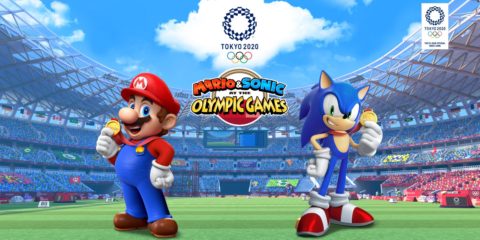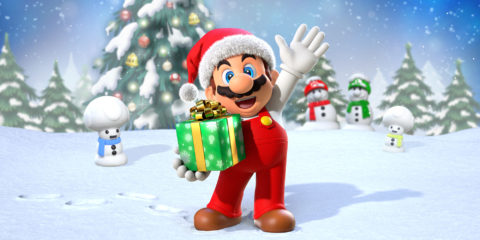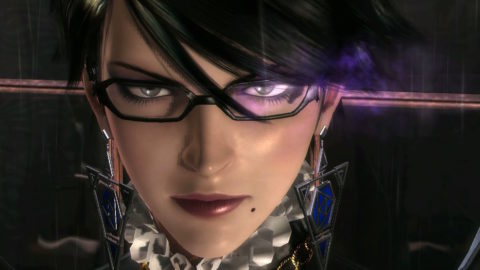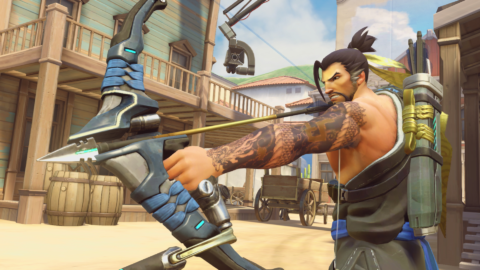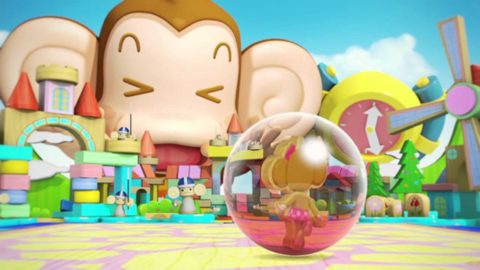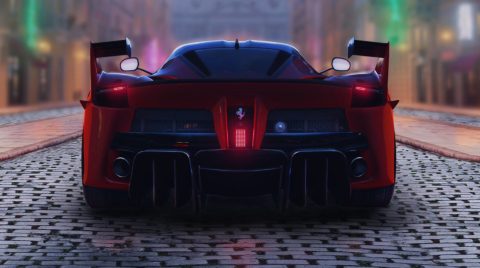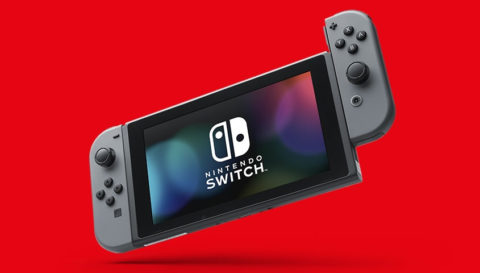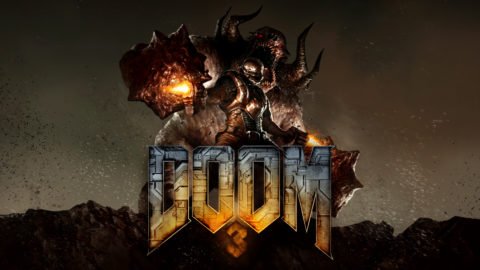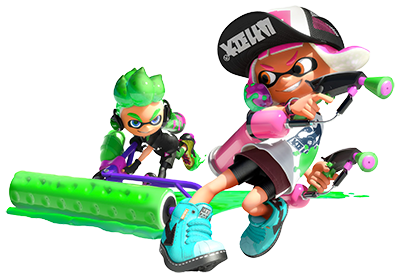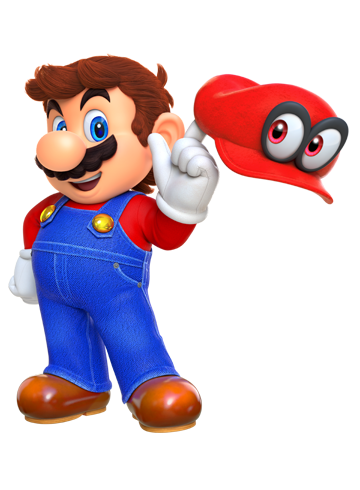Since its debut in 2007, the Mario & Sonic at the Olympic Games franchise continues to be a fun collection of Olympic-themed minigames featuring characters from Nintendo and SEGA’s flagship series. While remaining true to its roots, Mario & Sonic Tokyo 2020 offers a handful of twists on its staple events thanks to a delightful single-player story mode and nostalgic retro-style 2D minigames. Unfortunately, questionable multiplayer limitations and notable feature omissions fault the party game experience in a way that can’t be overlooked. Mario & Sonic Tokyo 2020 is a well-polished entry and can be fun at times, but its barebones modes and repetitive gameplay ultimately ensure that it doesn’t gracefully stick the landing.
As Polished As An Olympic Gold Medal
The Mario & Sonic games have always looked great on their respective consoles but Tokyo 2020 takes it to another level thanks to a distinct level of polish that permeates throughout its experiences.
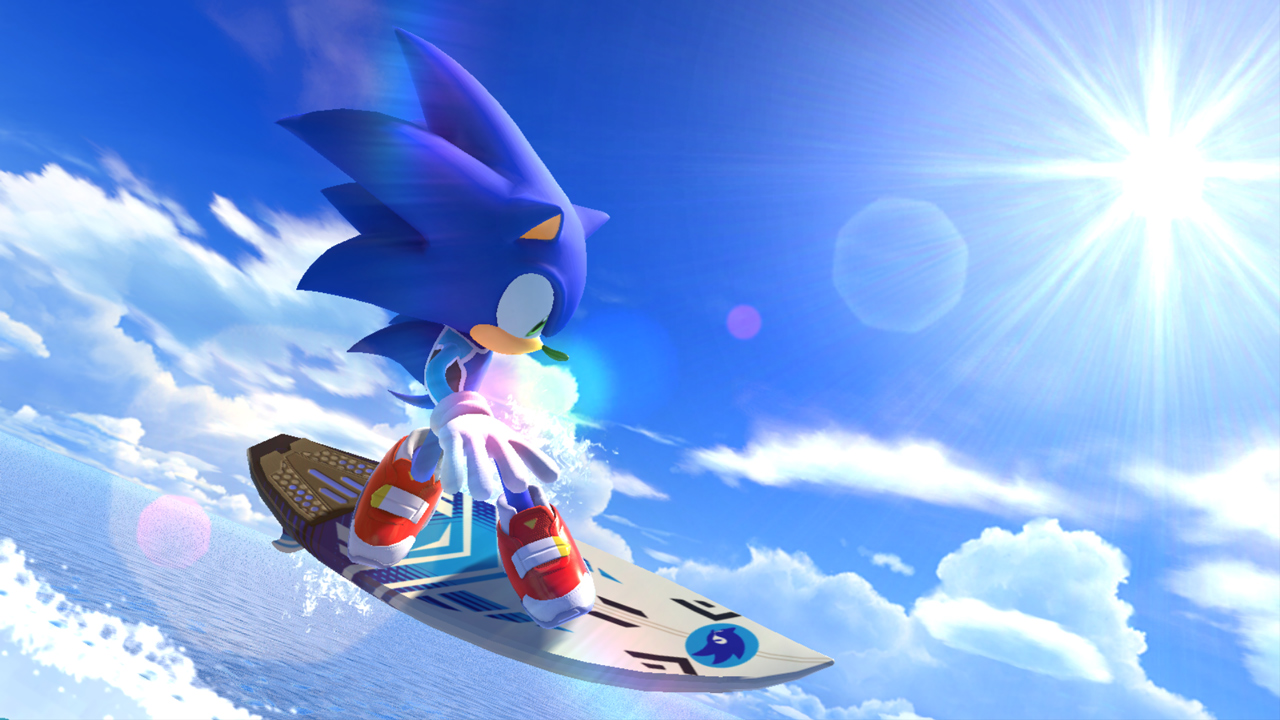
The Olympic event environments look realistic and accurate to their real-world counterparts. From the blue waters of the canoeing events to the bright spotlights of the gymnastics events, the entire atmosphere of the game is vibrant, colorful, and alive. Characters like Silver and Donkey Kong are faithfully designed and expressive in their animations. Watching Waluigi pose as he wins first place or quietly observing as Dr. Eggman maintains a perfect form at a gymnastics event never gets old.
You would think that the colorful characters and realistic environments would clash or stand out badly, but that’s not the case here. The game does a great job of maintaining a balance between the mismatching styles in a way that ensures nothing feels out of place.
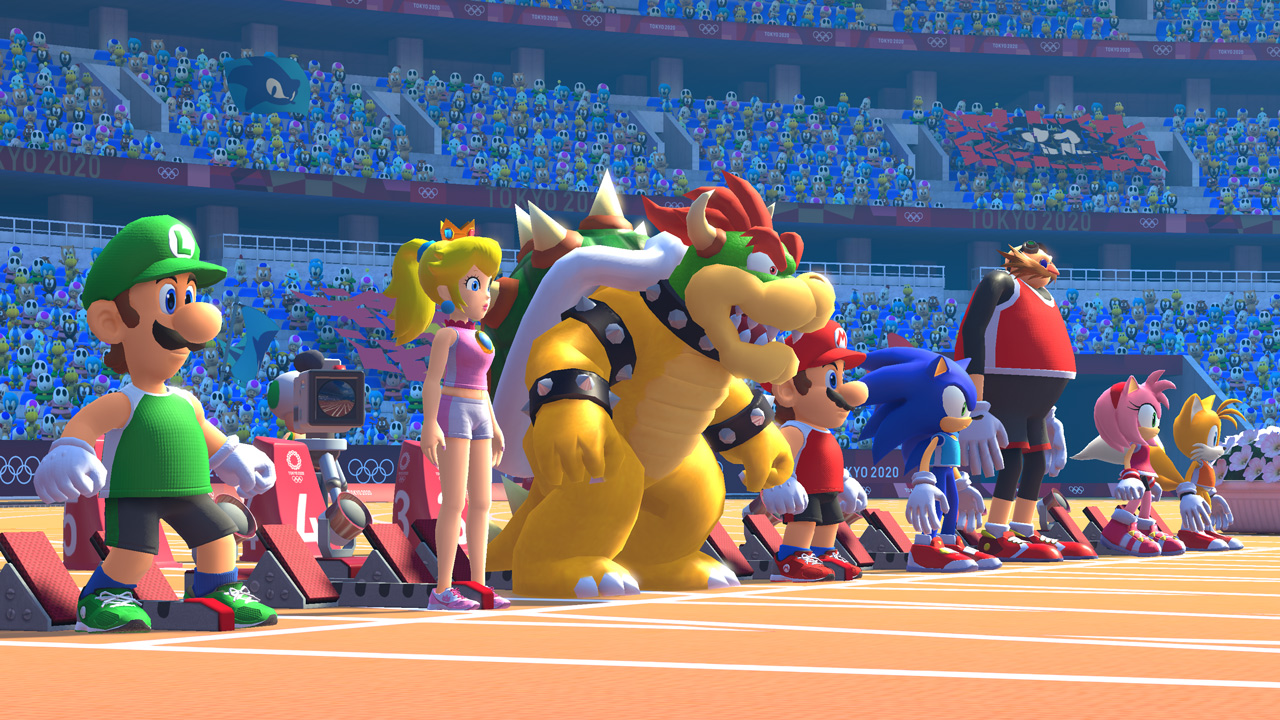
The story mode locations take this notion a step further by seamlessly blending the real world and the Mario & Sonic universe in a way that feels celebratory. Smaller supporting characters like Toad and Chao populate the world as Olympic employees, audience members, and general inhabitants. Their lively animations and colorful expressions ensure that the world feels as alive and exciting as a real-life Olympic event.
All of this extends to the 2D portions of the game as well. The 8-bit and 16-bit make up of the Tokyo 1964 Olympic events are clever pixelated clones of their 3D counterparts. This mix of NES and SEGA Genesis-style graphics is a welcome complement to the modern aesthetic.
The sound effects, menu designs, and the game’s performance are as polished as the rest of the presentation. Everything here feels carefully organized and presented to provide a high-quality experience.
Past and Present Tokyo Olympics
Mario & Sonic Tokyo 2020 features a delightfully enjoyable single-player story mode. Dr. Eggman and Bowser have teamed up to trap Mario and Sonic in a video game console based on an NES/SEGA Genesis version of the Tokyo 1964 Olympics. In the process of capturing them, Bowser and Dr. Eggman get sucked into the machine as well. While the trapped characters compete for their way out of the retro world, Luigi and Tails seek help from others during the present-day Tokyo 2020 Olympics to save their trapped friends.
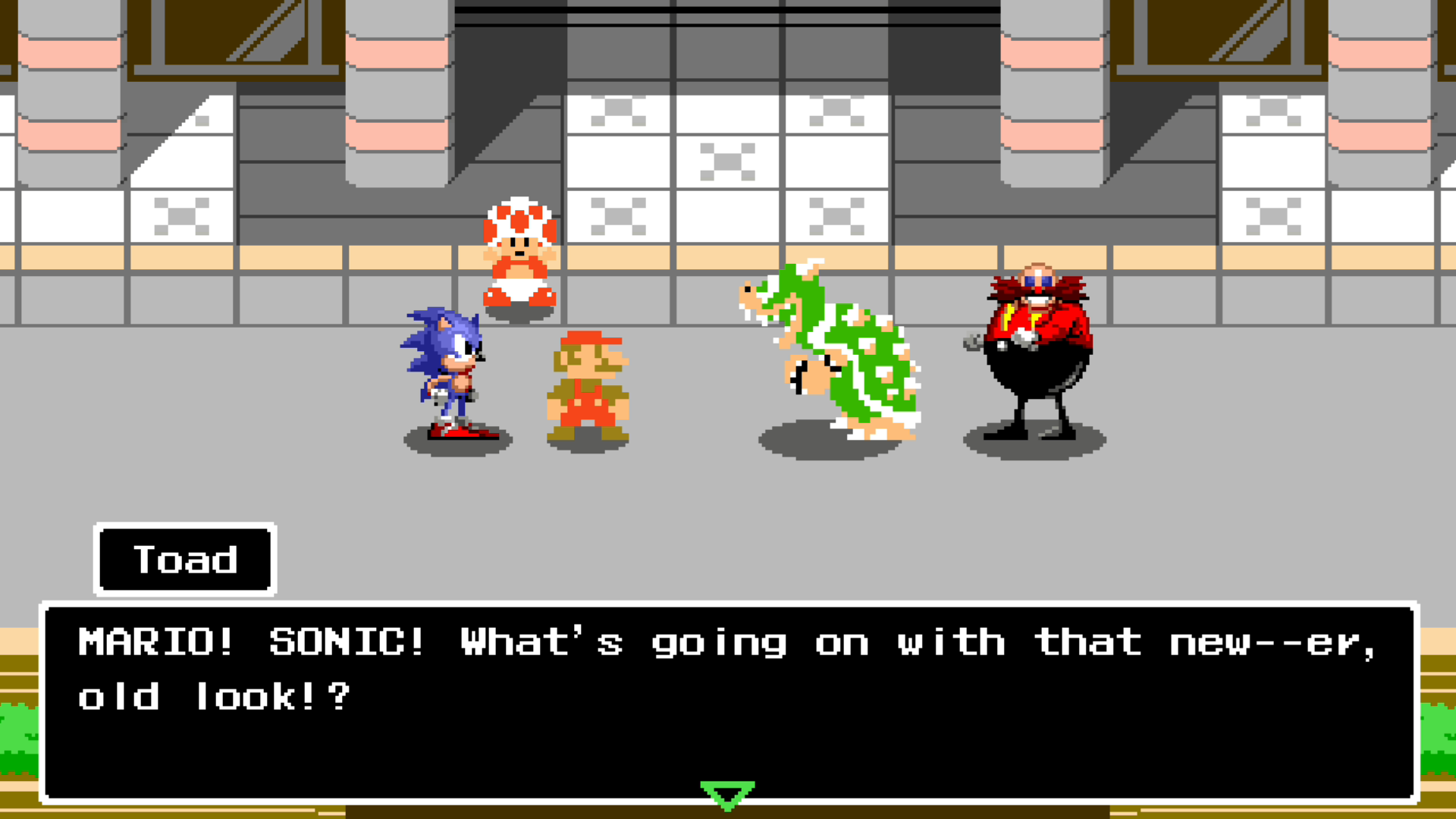
The premise is interesting and made even more engaging by well-written and funny dialogue. Our heroes come across several characters on their journey, and their interactions range from general banter to silly scenarios. A character like Bowser Jr. behaves and talks like a spoiled brat who doesn’t understand the consequences of his actions. Vector constantly shows his dedication to helping others in times of need. The conversations between these unlikely pairs of characters allow for their unique personalities to shine in a way that they don’t get to in their main games.
The dialogue sequences are broken up by a relevant Olympic minigame here and there, but the more interesting gameplay moments are found in special story-based events. Moments like searching through a crowd to help Yoshi find his friends or racing against a speeding train to make it to an event in time break up the motions established by the story mode. These moments are relatively rare and short-lived, but they’re also the most original gameplay experiences to be had in a series that has pretty much featured the same minigames since its inception.
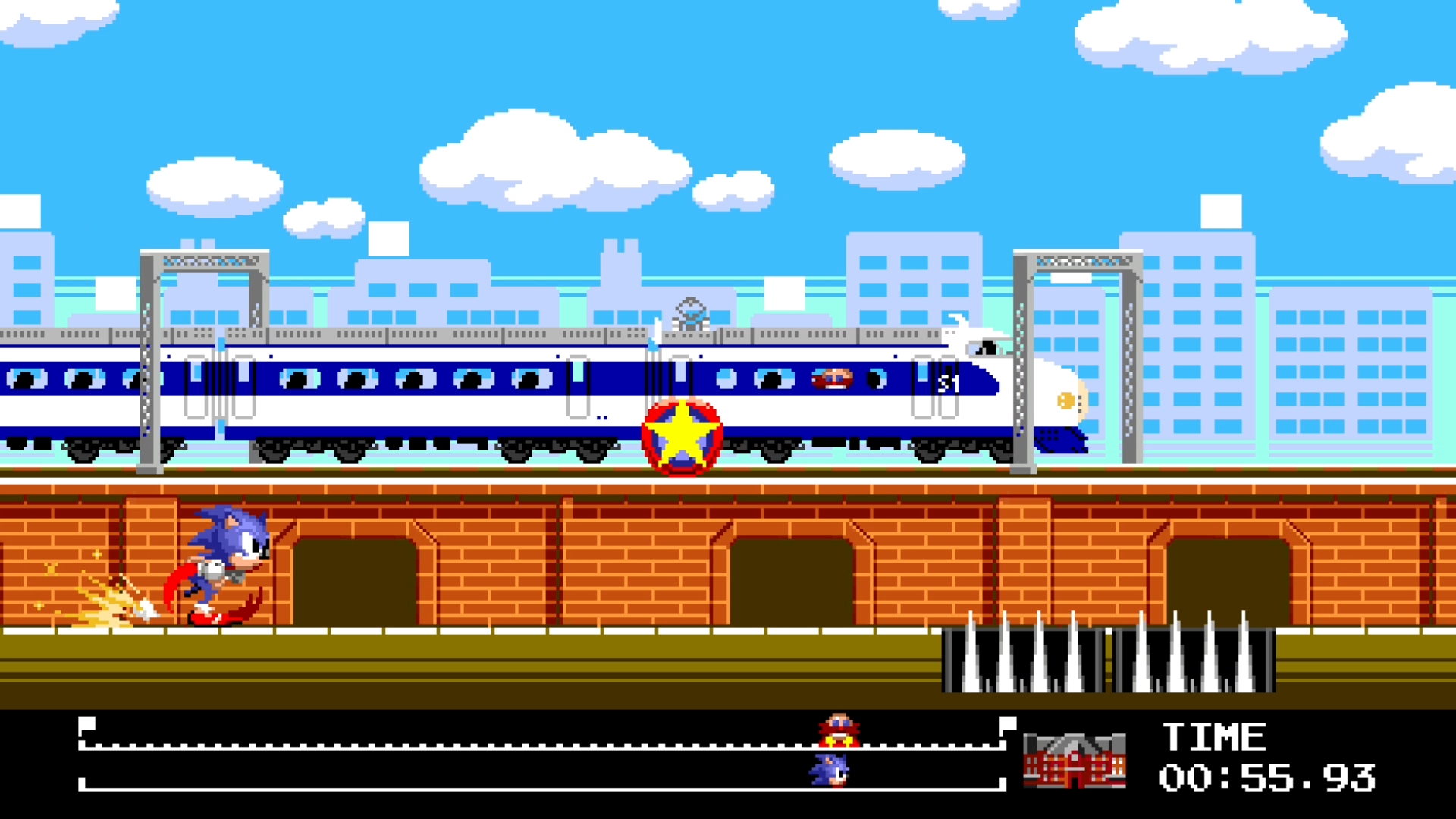
It’s a very linear and short campaign that involves more reading than playing, but I enjoyed the experience nonetheless.
Practice Your Button Mashing
Mario & Sonic Tokyo 2020 features a healthy variety of minigames in 2D and 3D. There are 21 3D minigames, 10 2D minigames, and 3 Dream Events. While they’re all generally fun, there are a few I can go without playing again.
The 3D minigames should be familiar to anyone who has played any entry in the series. There are your standard running, swimming, and gymnastics events that are staples of every Mario & Sonic game. Thankfully, there are also welcome new additions like skateboarding, surfing, and karate that add more variety to the selection. On the 2D side of things, the Olympic minigames aren’t much different from their 3D counterparts. They share similar gameplay mechanics with a few changes here and there, but they generally feel the same.
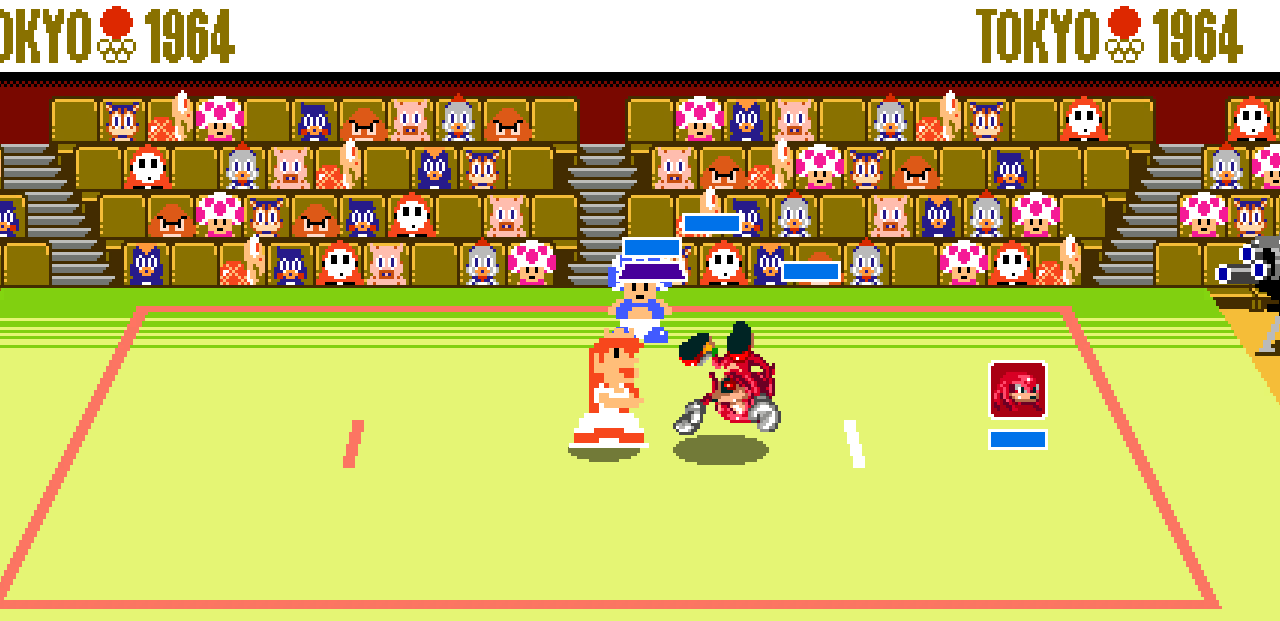
Dream Events, Olympic events that mix fictional elements from the Mario & Sonic universes, aren’t as exciting to play as they sound. The 3 Dream Events – Shooting, Racing, and Karate – take place in interesting locations and stand out as the most unique of the more than 30 multiplayer minigames. Unfortunately, they feel just as shallow and repetitive as everything else once you’ve played them a handful of times.
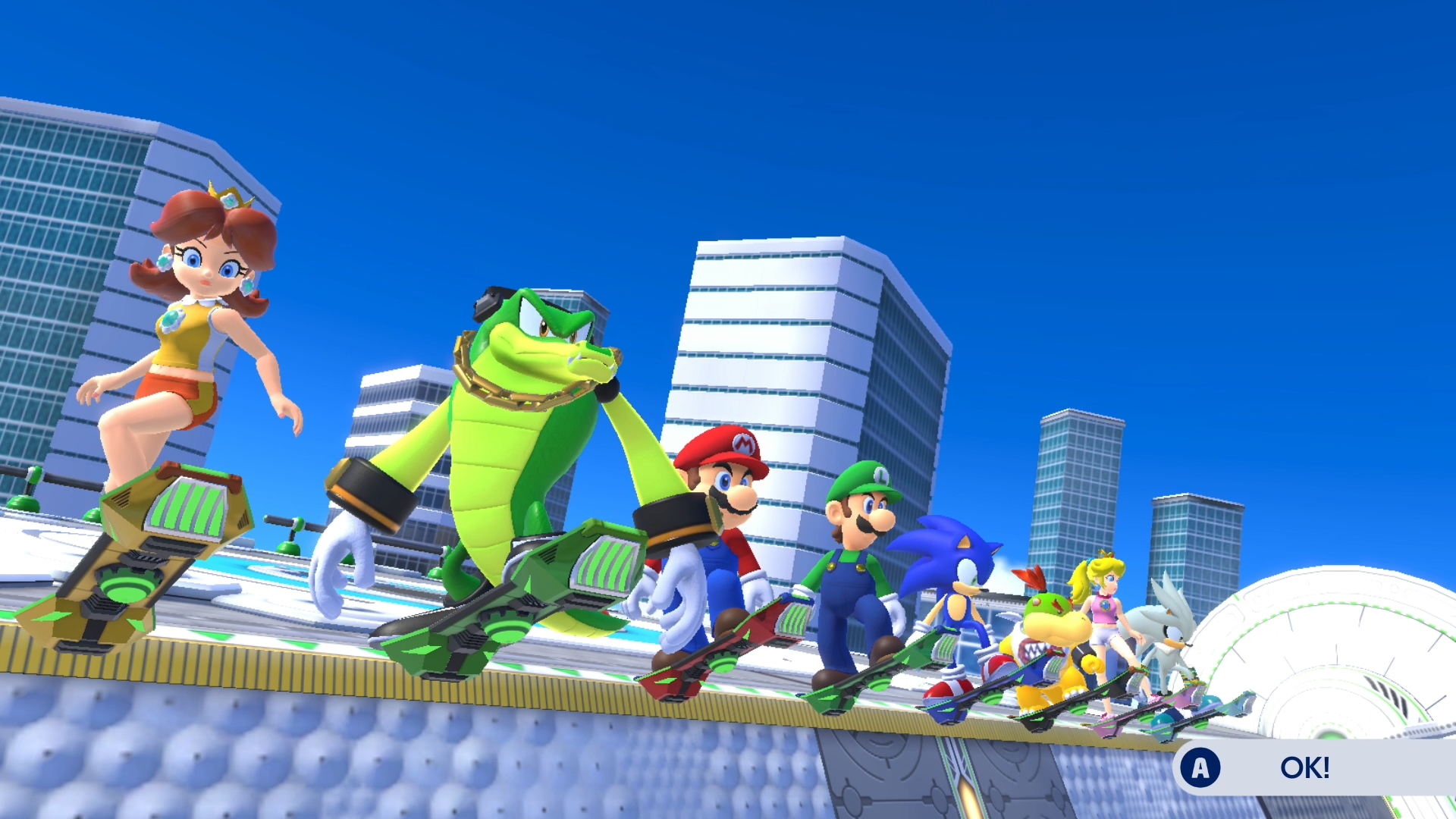
Like I mentioned in my preview, most of the gameplay can be boiled down to button mashing or timing mechanics. The minigames that involve a little more depth and control like rugby, football and boxing can become repetitive after a few playthroughs. Even the new modes like surfing and skateboarding, where you’re tasked with landing tricks under a certain amount of time, can feel limited in the variety of tricks you can do. You can change it up by playing with motion controls, but they’re reminiscent of the Wii Remote “waggle” days.
Not-So Olympic Celebration
Repetitive gameplay is the nature of minigame-based party games. There are only so many times you can do the 100m relay before you get sick of it. This is where playing with friends should come in to alleviate the repetition, but Mario & Sonic Tokyo 2020 is missing basic party game features that would have made it a much more competent multiplayer experience.
There are no tournament or circuit modes to organize your local multiplayer sessions. I played Mario & Sonic Tokyo 2020 with a few friends, and while we had fun playing through some of the events, we spent more time browsing through menus than playing the game. Most minigames end in a minute. After that, you’re back at a menu. The game constantly pulls you out of the gameplay so that you select the next event and re-choose your characters. It continuously interrupts the fun and quickly spoils the excitement in a party-game setting.
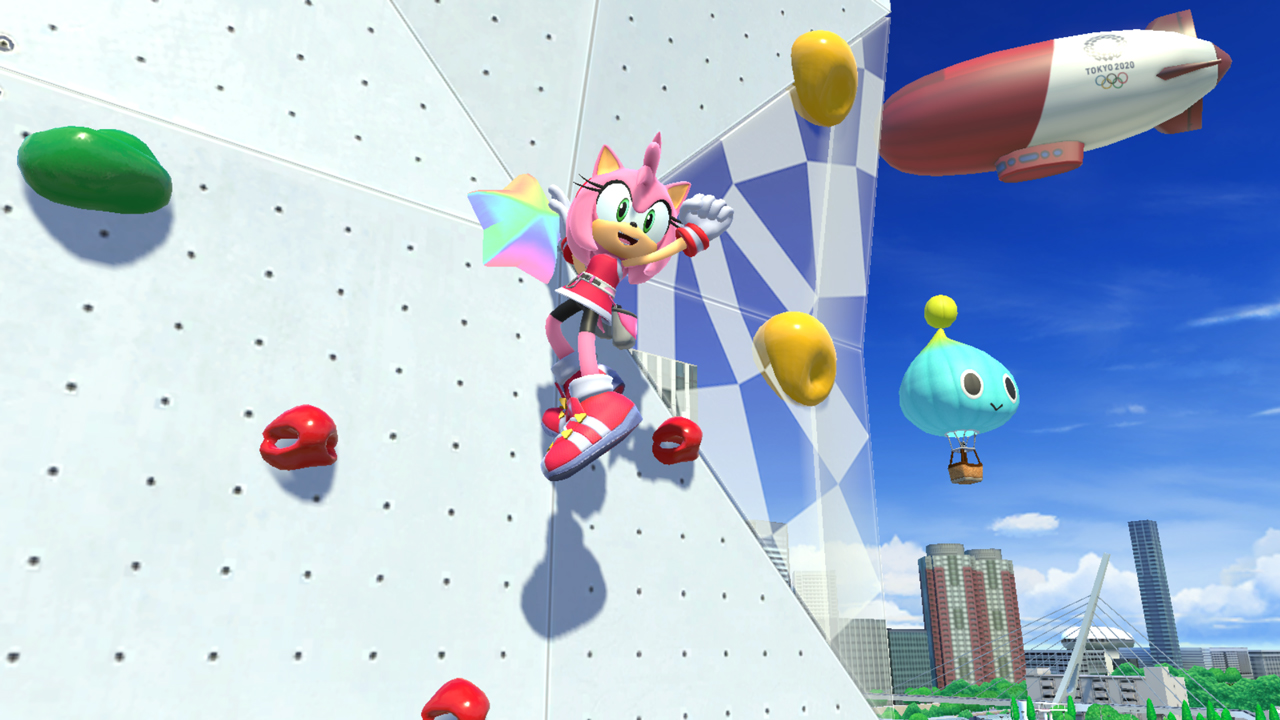
I also have an issue with arbitrary limitations in character selection. As you play through the story mode, you will encounter special characters that later unlock for use in quick play. For whatever reason, you can only play these characters in the mode where they were unlocked. Why is Jet the Hawk – a character introduced in Sonic Riders, a hoverboarding-based racing game – limited to the soccer minigame and isn’t even available in the hoverboard racing Dream Event? I have no clue.
I’m sure young children and casual players will still have a fun time with this title. However, without a way to play minigames consecutively, organize tournaments, or at the very least keep track of which player won what across multiple events, the party game experience is severely lacking and not the best choice to play with friends in its current state.
Online Play, Challenges, and Replayability
The online mode features ranked and free play matches in addition to an online ranking system. Unfortunately, the online modes suffer from the same issues that plague the local multiplayer experience. You’ll be spending just as much time, if not more, waiting to play the short minigames. You must wait as other players join the lobby, select their characters, and ready up for the event. Once the short-lived event is over, you have to start the process all over again. It works fine but with the issues I’ve mentioned, I don’t see a compelling reason to play the online modes.
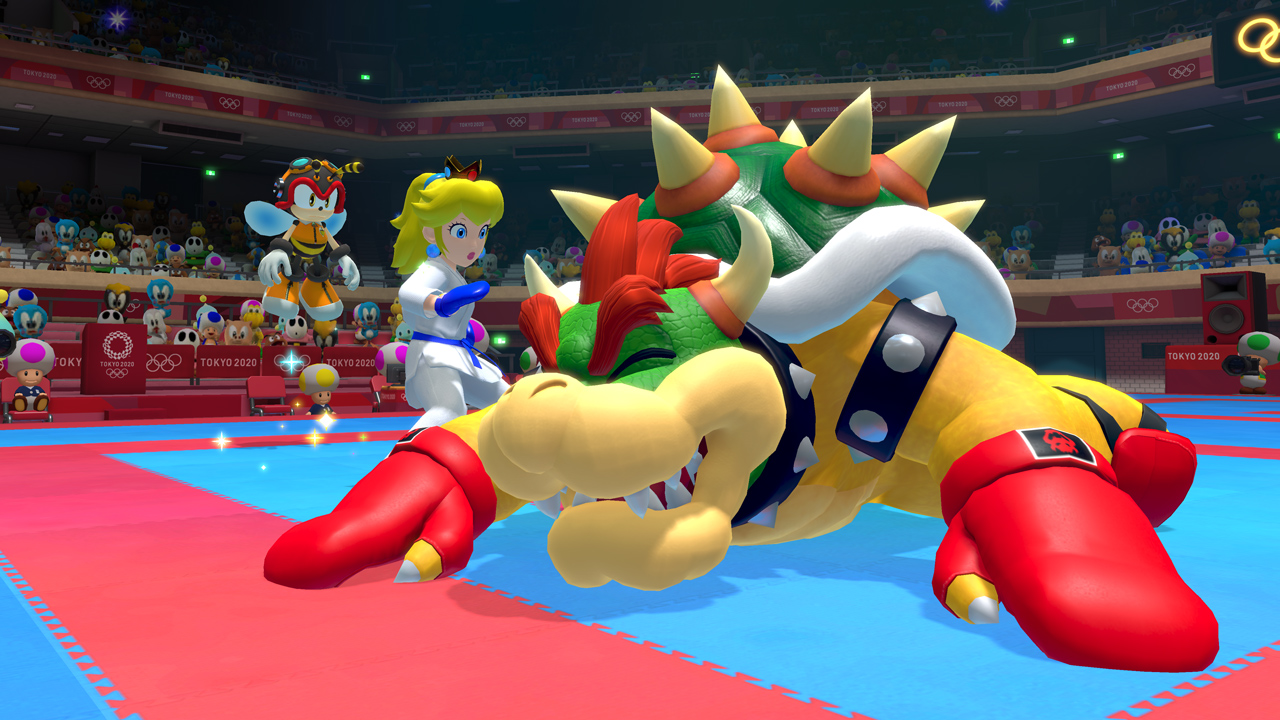
Mario & Sonic Tokyo 2020 does make an effort to make the game replayable, though. There are various challenges, trivia, and gold medals to collect across all of the game’s modes. The challenges range from basic things like playing a ranked match for the first time to actual challenges like setting the highest Olympic record in an event. There’s plenty of trivia to collect across the various levels of the story mode. They contain interesting information about the Olympics, Tokyo, and characters from the Mario & Sonic franchises. You can also collect gold medals for each difficulty in each event while you break new Olympic records.
While it’s nice to have these forms of replayability, I don’t find the minigames enjoyable enough to do everything. I miss the Mission Mode from the original Mario & Sonic at the Olympic Games where each character had several missions to complete across various events. This mode felt unique and kept the minigames feeling fresh thanks to its new challenges. It’s disappointing to know that this entry is missing modes and features that were in the first game over 10 years ago.
Final Thoughts
Mario & Sonic Tokyo 2020 may not be breaking any records, but its delightful story mode and enjoyable minigames ensure you’ll have some fun. It’s a shame that the party game experience is soured by constant menu selections, a lack of party-style modes, and no way of keeping track of who won what across several events. The fact that some characters are limited to certain modes is also mind-boggling. Mario & Sonic Tokyo 2020 provides some briefly enjoyable experiences in a pretty-polished package, but they quickly become shallow and repetitive in a disappointing way. Mario & Sonic at the Olympic Games Tokyo 2020 is available at retail and on the Nintendo eShop for $59.99.
Review Copy Provided by SEGA
